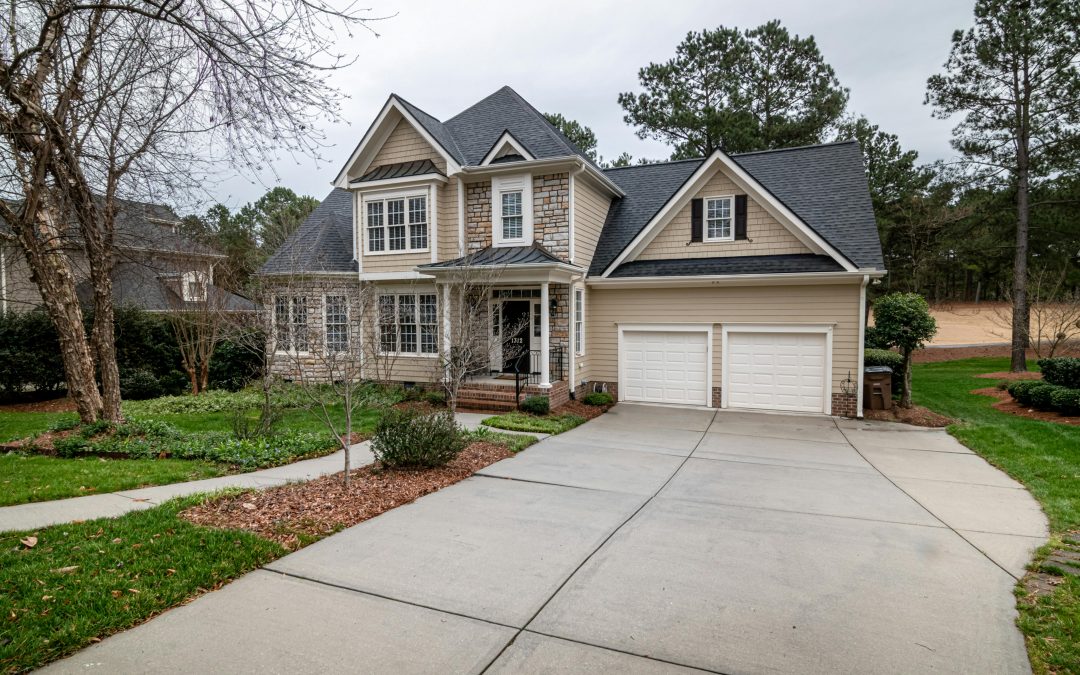Exterior Insulation and Finish System (EIFS) has become a prominent choice for building exteriors due to its energy efficiency and aesthetic appeal. It comprises a layered system that provides insulation, moisture management, and various finish options. Originally developed in the 1960s, EIFS gained popularity in North America in the 1980s, primarily for commercial and residential buildings. We will explore the components, benefits, installation processes, and maintenance of EIFS to provide a comprehensive overview of this innovative construction system.
Components of EIFS
EIFS is characterized by its multi-layered assembly, which typically consists of an insulation board, an adhesive, a reinforced base coat, and a finish coat. The insulation board, often made from expanded polystyrene (EPS) or extruded polystyrene (XPS), serves as the primary thermal barrier, helping to reduce energy consumption by minimizing heat loss in winter and heat gain in summer. This insulation is adhered directly to the substrate of the building, which can be made of various materials, including concrete, wood, or metal.
Over the insulation board, a base coat is applied, which includes a fiberglass mesh to enhance strength and resistance to cracking. This layer protects the insulation from physical damage and moisture intrusion. The final layer is the finish coat, which is made of acrylic, synthetic stucco, or other materials. This coat provides the desired aesthetic finish and offers additional weather resistance. These components create a cohesive system that effectively insulates and protects the building.
Benefits of EIFS
One of the primary advantages of EIFS is its energy efficiency. The insulation properties of the system significantly reduce heating and cooling costs, making it an attractive option for both commercial and residential buildings. By creating a continuous thermal barrier, EIFS minimizes thermal bridging, which occurs when heat escapes through structural elements. This efficiency is particularly valuable in regions with extreme temperatures, where energy costs can be a significant portion of a building’s operating budget.
In addition to energy savings, EIFS offers versatile design options. The system can be finished in various textures and colors, allowing architects and builders to achieve a unique look that complements the building’s style. This versatility enables EIFS to mimic traditional materials like stucco, stone, or brick while providing modern performance characteristics. Furthermore, the lightweight nature of EIFS allows for easier installation compared to heavier materials, reducing labor costs and construction time.
Installation Process of EIFS
The installation of EIFS requires careful planning and skilled workmanship to ensure its performance and longevity. The process typically begins with assessing the building’s substrate to determine compatibility with EIFS. Once the substrate is prepared, insulation boards are cut to size and adhered to the surface using a suitable adhesive. Ensuring that the insulation is applied in a staggered pattern is essential to minimize thermal bridging.
After the insulation is secured, the base coat is mixed and applied over the insulation layer, embedding the fiberglass mesh into the coat for reinforcement. This layer is crucial for preventing cracks and improving the overall durability of the system. Once the base coat has cured, the finish coat is applied, providing the desired aesthetic appearance and weather resistance. During installation, proper drainage techniques must also be considered to manage moisture effectively and prevent water accumulation behind the EIFS.
Maintenance of EIFS
While EIFS is designed for durability and performance, regular maintenance is essential to ensure longevity and effectiveness. Routine inspections should identify any signs of damage, such as cracks in the finish coat or moisture intrusion. Cracks can allow water to penetrate the system, potentially compromising the insulation and causing mold growth or structural damage. Any cracks should be repaired promptly with a suitable patching material to prevent further deterioration.
Additionally, cleaning the surface of EIFS is important for maintaining its appearance and performance. Dirt, debris, and algae can accumulate over time, affecting aesthetics and functionality. A soft wash using low-pressure water and mild detergents can help restore the system’s appearance without causing damage. In regions with harsh weather conditions, such as heavy rains or snow, more frequent inspections and maintenance may be necessary to address potential issues related to moisture accumulation and thermal expansion.
Understanding EIFS provides valuable insights into its components, benefits, installation processes, and maintenance requirements. As an energy-efficient and versatile building solution, EIFS offers significant advantages for both commercial and residential applications. Its multi-layered construction enhances insulation and aesthetic appeal, making it an ideal choice for modern building designs. However, ensuring proper installation and ongoing maintenance is crucial for maximizing the benefits of this system. As the demand for sustainable and efficient building practices grows, EIFS stands out as a reliable option that meets performance and environmental goals. By recognizing the importance of this innovative system, builders, architects, and property owners can make informed decisions that contribute to the longevity and effectiveness of their structures.

Recent Comments